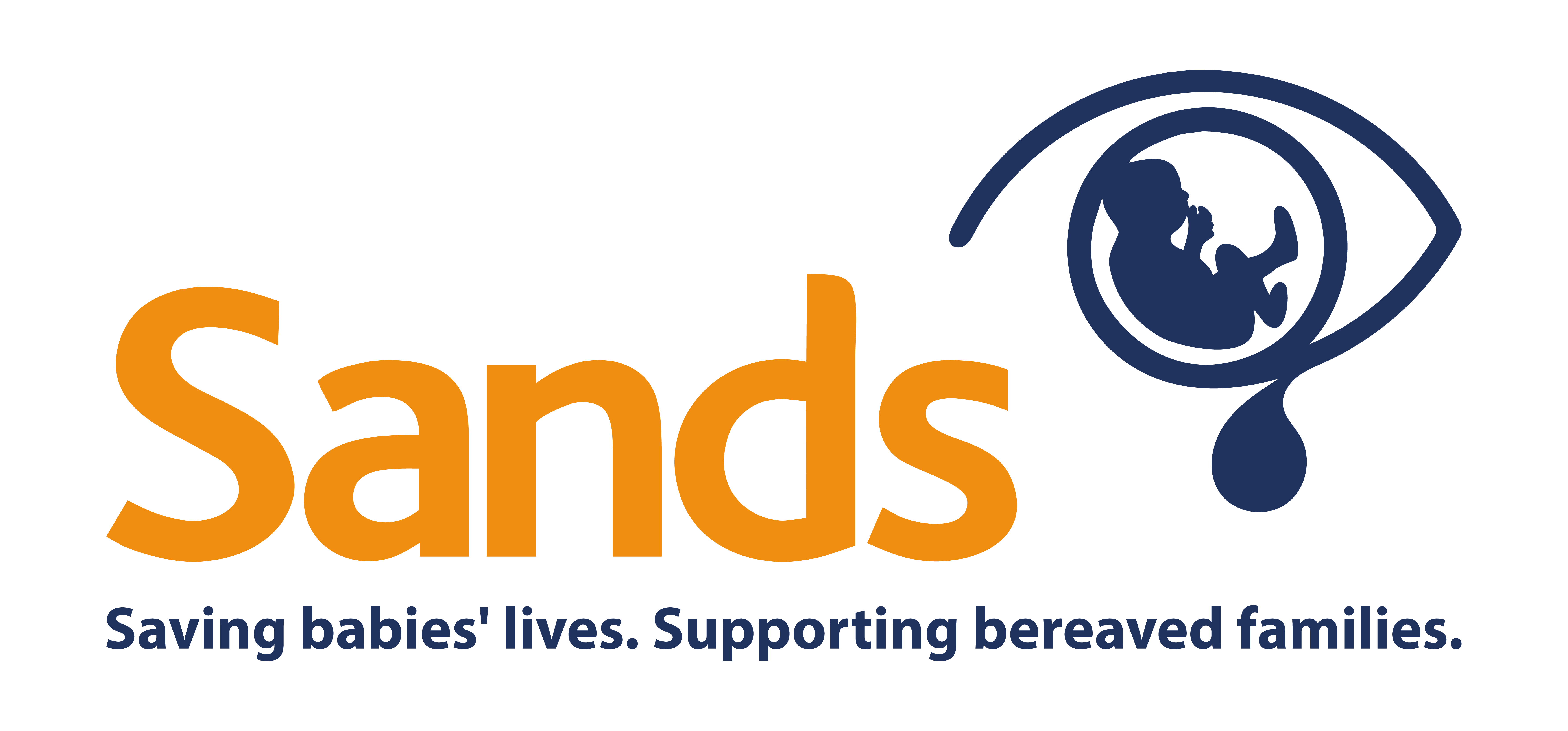The ESMiE confidential enquiry
The ESMiE confidential enquiry investigated baby deaths in midwifery-led and home birth settings, finding that 75% of those deaths might have been prevented with improved care
The ESMiE confidential enquiry reviewed 100 cases in which a baby died following the mother going into labour in a midwifery-led setting (such as a community-based birth centre) or at home. The researchers examined the quality of care in these cases and looked at the details of hospital reviews of these deaths in order to find ways to improve care and prevent deaths in the future.
The enquiry found that in 75% of the deaths reviewed care could have been improved to the extent where there may have been a different outcome for the baby. A set of recommendations were produced to improve communications between midwives and mothers and birth centres and ambulance services, and for there to be clear guidelines on how to manage neonatal emergencies in community settings, influencing the creation of a national guidance document by BAPM.
You can find out more about the difference this research has made to Sands' work to make maternity care safer.
You can also follow this link to read the Neonatal Support for Freestanding Midwifery Led Units and Home Births - A BAPM Framework for Practice.
More Information
Why do we need this research?
Every year in the UK around 400 babies who were alive at the start of labour die during labour or in the first month of life from problems that occur during labour or birth. A national enquiry into these types of deaths was undertaken by MBRRACE-UK, focusing on babies who were born around their due date from 2013-15. Enquiries such as these involve panels of healthcare professionals, including midwives and doctors specialising in the care of pregnant women (obstetricians) and the care of newborn babies (neonatologists), and others, who review individual medical records of babies to identify ways in which differences in care might have prevented their death. In the national enquiry described above, the deaths of 78 babies were reviewed.
The number of women having their babies in midwifery-led units increased from 5% in 2010 to 14% in 2016, along with 2% of women giving birth at home in 2016. The causes of baby deaths during labour in these less medicalised settings may be different to those of babies born in hospital (which were the majority of cases in the national enquiry above) and it is important to know what these differences are in order to ensure that we are providing the best possible care for mothers wherever they decide to give birth.
What were the aims of this study?
The aim of this study was to identify ways in which care during labour and birth in a midwifery unit or at home might be improved to prevent deaths in the future.
What did the researchers do?
The researchers followed the standard confidential enquiry methods. They carried out in-depth clinical reviews of 60-80 cases to identify ways to improve care, described the quality of care using standards set out in national clinical guidelines for a sample of 100 deaths, reviewed the quality of hospital investigations of these deaths, and compared the characteristics of these deaths in different birth settings.
Sands was involved in the research project as a co-investigator, advising on the design of the confidential enquiry, contributing insights to its findings and helping to ensure that recommendations from the project have the desired impact of changing practice to prevent future deaths.
What impact did this study have?
The enquiry found that in 75% of deaths reviewed care could have been improved to the extent where there may have been a different outcome for the baby, although it stressed that for low-risk pregnancies giving birth in a midwifery-led unit or at home is as safe as giving birth in hospital.
The enquiry produced the following set of recommendations:
- clearer discussion and plans between midwife and mother
- standardised communication plans between units and ambulance services
- clearer guidelines for how to manage neonatal emergencies in community settings
The final recommendation has influenced the development of a national guidance document produced by BAPM (British Association of Perinatal Medicine) focussing on the need for clear guidelines and training for staff on how to deal with neonatal emergencies in midwifery-led units or home births, to ensure that babies born unexpectedly early or unwell receive the care they need as quickly as possible.
Additional information:
Lead researchers – Associate Professor Rachel Rowe and Professor Jenny Kurinczuk (MBRRACE-UK)
Institution – Oxford University
Funder – Department of Health
Duration – 2016 – 2020
Publications:
Rowe, R. et al. (2020) ‘Intrapartum-related perinatal deaths in births planned in midwifery-led settings in Great Britain: findings and recommendations from the ESMiE confidential enquiry’, BJOG: An International Journal of Obstetrics & Gynaecology, 127(13), pp. 1665–1675. Available at: https://doi.org/10.1111/1471-0528.16327.
